Charlie Waite: One of the world's best landscape photographers on how to take pictures, the unknowable beauty of Britain and why an iPhone can be good enough
Charlie Waite — the British landscape photographer famous for his painterly approach — on how he produces such striking images and how amateurs might follow suit.
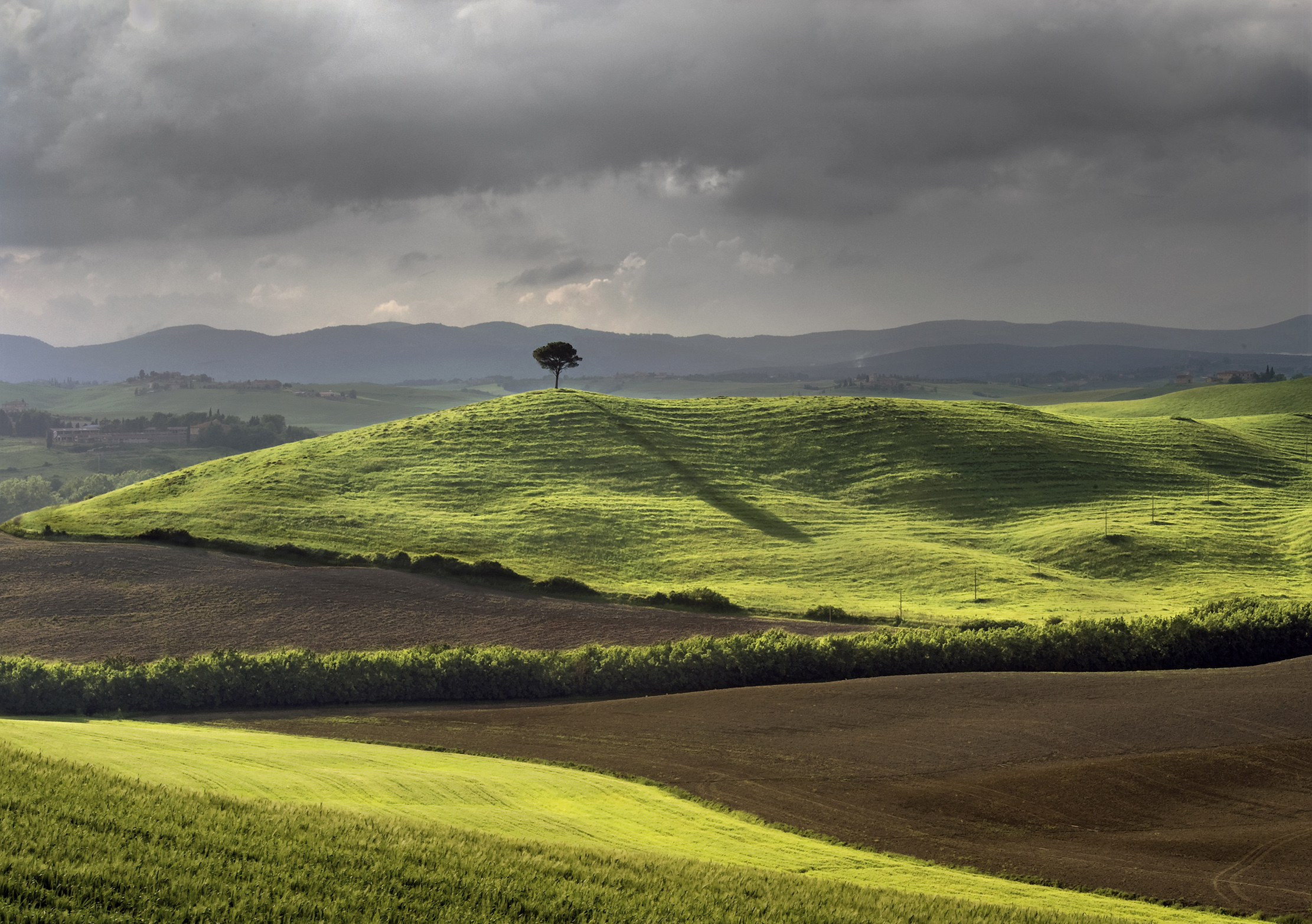

What makes a good landscape photograph?
It’s not the equipment. It is, to a degree, about technicalities — not too dark, not too bright etc. But you need the photograph to transport the viewer to the place where you stood when you took it. To the emotional place that you were in. A photograph is much more than just a record of what it looked like, but what it felt like.
You have to be astute and notice everything. Be 360-degree visually agile, completely immersed in what you’re looking at. And beware of visual conflicts.
Think of it this way. You move into a new house. You arrange lighting, images on the wall, cushions, furniture. You fiddle with it until it’s just right. Then come friends. They walk in and say how wonderful it is. They don’t look at details (though they might comment on a few little things), they just get a global feel that it is aesthetically beautiful. It’s a bit like that in a landscape — you’re creating a visual whole.
The great American photographer Ansel Adams called it ‘recognition and previsualisation blended together in one single moment of awareness’. I wish I had said that!

But how can we ‘move the furniture’ around a natural landscape?
You do it with light. The great conduit to good landscape photography is an understanding of light — the way certain surfaces reflect and absorb it. You have to have a love affair with light. Look up whenever you can and think about the light, the clouds, the reflections.
I often think manic cyclists don’t see anything — they’re just exercising. Even walkers. But light is the most important thing. Theatre lighting directors are unsung heroes. Interior designers and gardeners use it, too.
A landscape photographer might spend an hour or two looking at flower or an enormous landscape. And this is time spent waiting for the sky to move, waiting for the relationships within the landscape to be more unified. I often think I’m aptly named Waite.
Exquisite houses, the beauty of Nature, and how to get the most from your life, straight to your inbox.
How do you know you’ve got it right?
My brain surgeon friend says it takes just one second to make a favourable or unfavourable response to a photograph. Like a melody. You know if you’ve succeeded when you look at the viewer’s eyes as they look at a photograph. It’s about engaging, honouring, being amazed, wondering, gasping at beauty. It’s really difficult. Ansel Adams, my great mentor, said that if you manage to take 12 great photographs a year, you’re doing well.
Unfortunately, landscape photography is a little neglected in the art world. They use words like ‘representational’, ‘literal’ and ‘decorative’ to describe it, which isn’t fair. It still contains all that devotion and love and care and skill and craft. I read that there are 350 million photos uploaded to Facebook every day, and 85 million to Instagram. But the amount of photography galleries in the UK is shameful. They’re better at appreciating photography in the US.
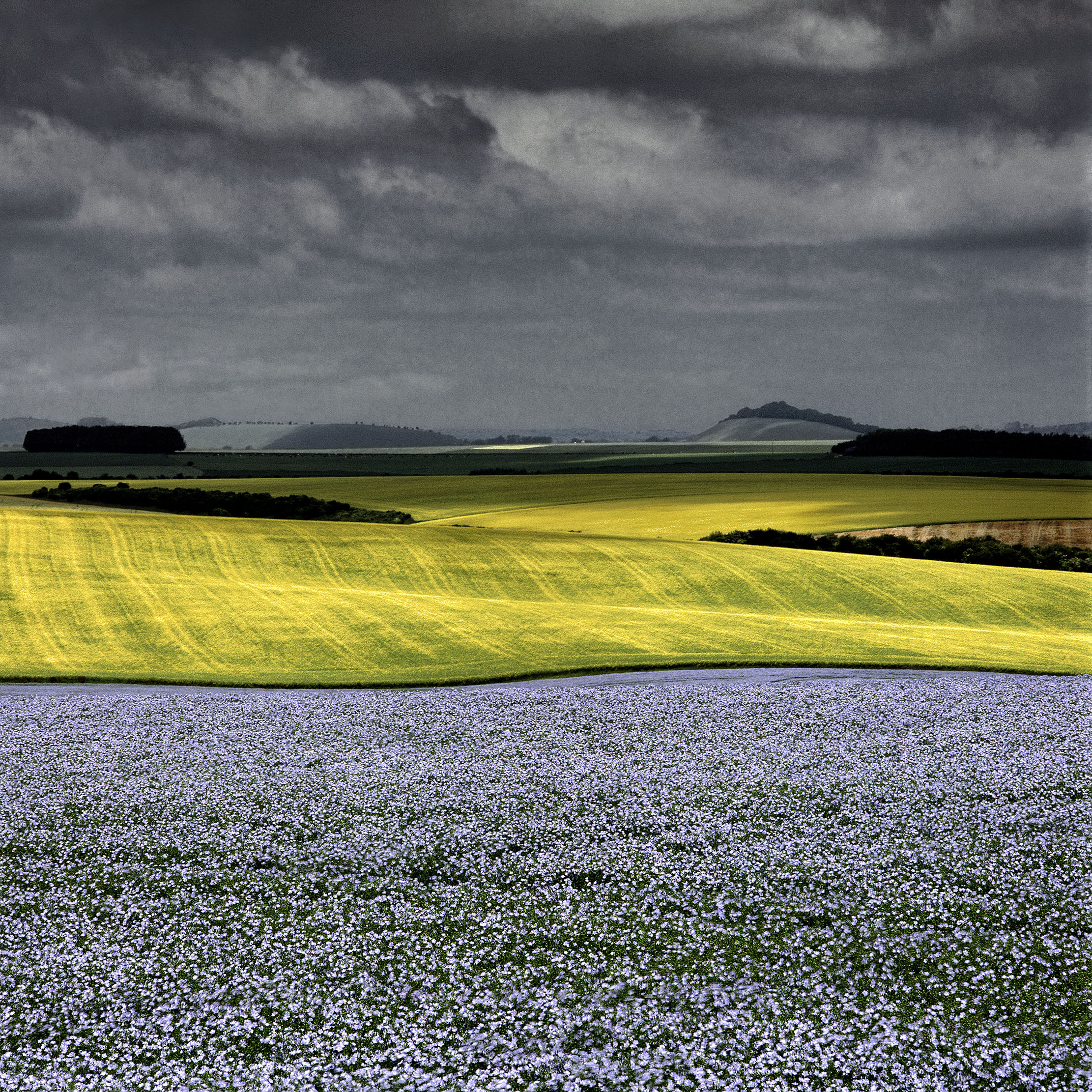
Is an iPhone good enough?
Yes it is. Photography has become the people’s common language. What’s happening is that phones are casual. But the immediacy is wonderful — you always have your phone on you. I know people say social media is ghastly, but photography is drawing people together.
Phone-camera quality is really good but the problem is when someone says ‘that’s an amazing image but could you print it 3ft long’. Doesn’t work with a phone. If you want to take it seriously, you don’t have to get a £5,000 camera but a £200 one with a lens will be marvellous.
Is it cheating to use Photoshop?
Photoshop should be an extension of your artistic interpretation. It should never be used to insert something new, but to enhance something that’s already there. It is wonderful only when used with restraint and integrity, without crossing the line to a level that will not be intrusive to the viewer’s appreciation. But if the viewer distrusts it, the relationship between viewer and image can never be restored.
What other artists, painters or photographers do you find inspiring?
I’m probably influenced by just about everybody. Film makers, directors, camera people making moving images, David Lean’s Dr Zhivago. Maybe a little thing in a tv commercial. Or somebody else’s photograph.
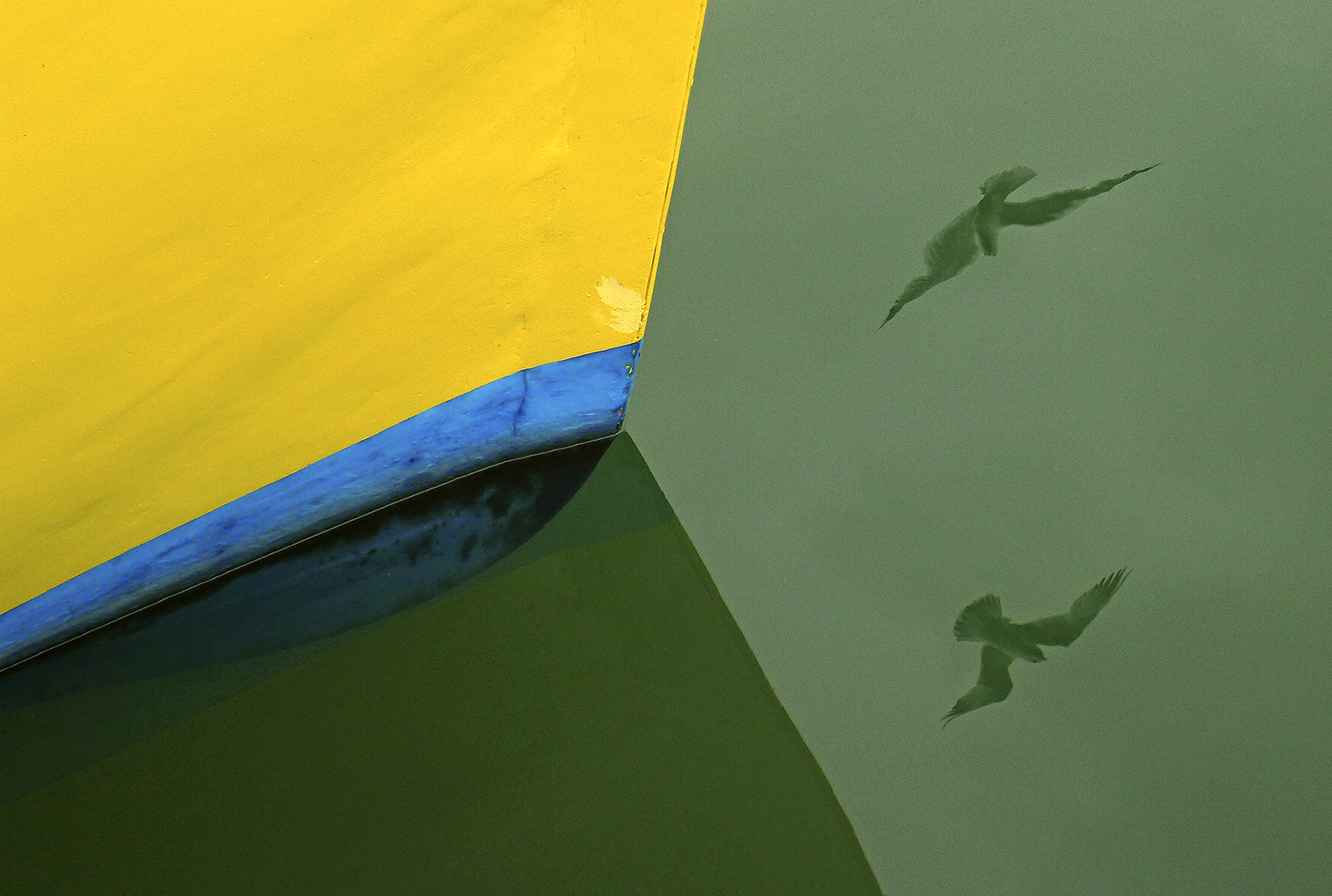
Cartier-Bresson said something completely amazing: ‘To take photographs means to recognise — simultaneously and within a fraction of a second — both the fact itself and the rigorous organisation of visually perceived forms that give it meaning. It is putting one's head, one's eye, and one's heart on the same axis.’ I’ve memorised it because I love it so much. It’s so sublime it almost makes me tearful. He was a photojournalist and mostly did people not landscapes but the photographers I really admire so much are those that could identify that potential, like Ansel Adams could.
With the same impulse to make something pure and beautiful, I have immense admiration for wildlife photographers. Landscape photography is quite unmanageable, but wildlife is even more so as you only have a millisecond. I also have great admiration for wedding photographers.
Favourite part of Britain?
Most British people don’t know their country. I read that 40% of people south of Birmingham have never been north of it. Wales is the undiscovered country. Even I didn’t go to Scotland ’til my early 30s. Scotland’s the Mecca for all landscape photographers — the drama and mountains. But I prefer the pastoral. I looked at a centipede for about 10 minutes the other day and got so much pleasure from it.
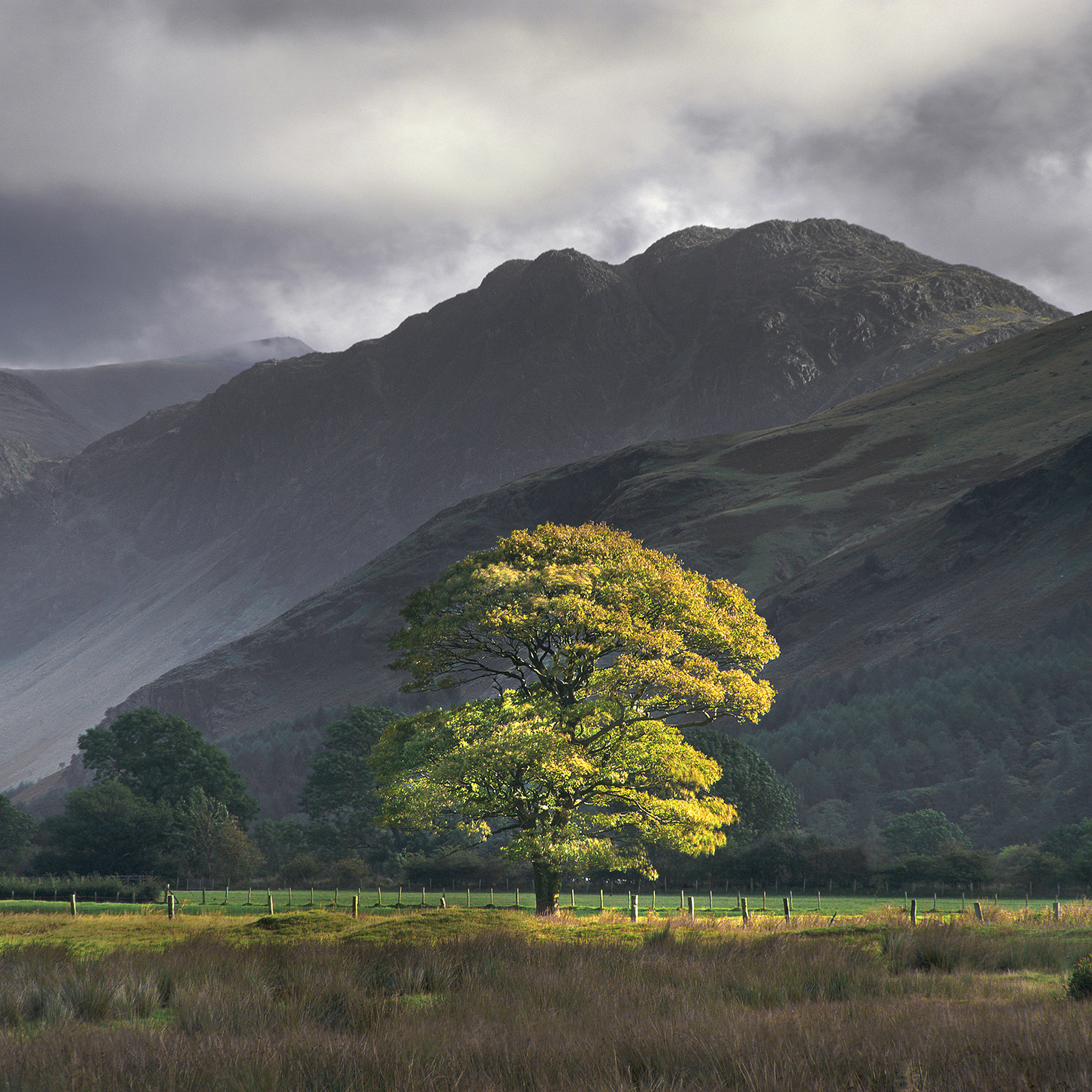
My favourite part of Britain could be down the road from where I live, there are some lanes I’ve never bloody been down. It could be anywhere because you can find the landscape that’s aesthetically pleasing with your way of seeing things anywhere.
Years ago, I did the National Trust Book of Long Walks and I was amazed by the huge variety of landscape in the UK. I’m not done with it. One could almost find a bit of France in Britain.
Favourite time of day?
The maxim is: always photograph with sun behind you — it used to say that on the old packets of film. But I say use your intuition. In Yorkshire, a dry stone wall at midday on June 21 delivers a shadow of about 3in — almost no shadow. I returned to that same dry stone wall 10 mins before sunset and it delivered a shadow of about 120ft, right across the landscape. From a 5ft wall!
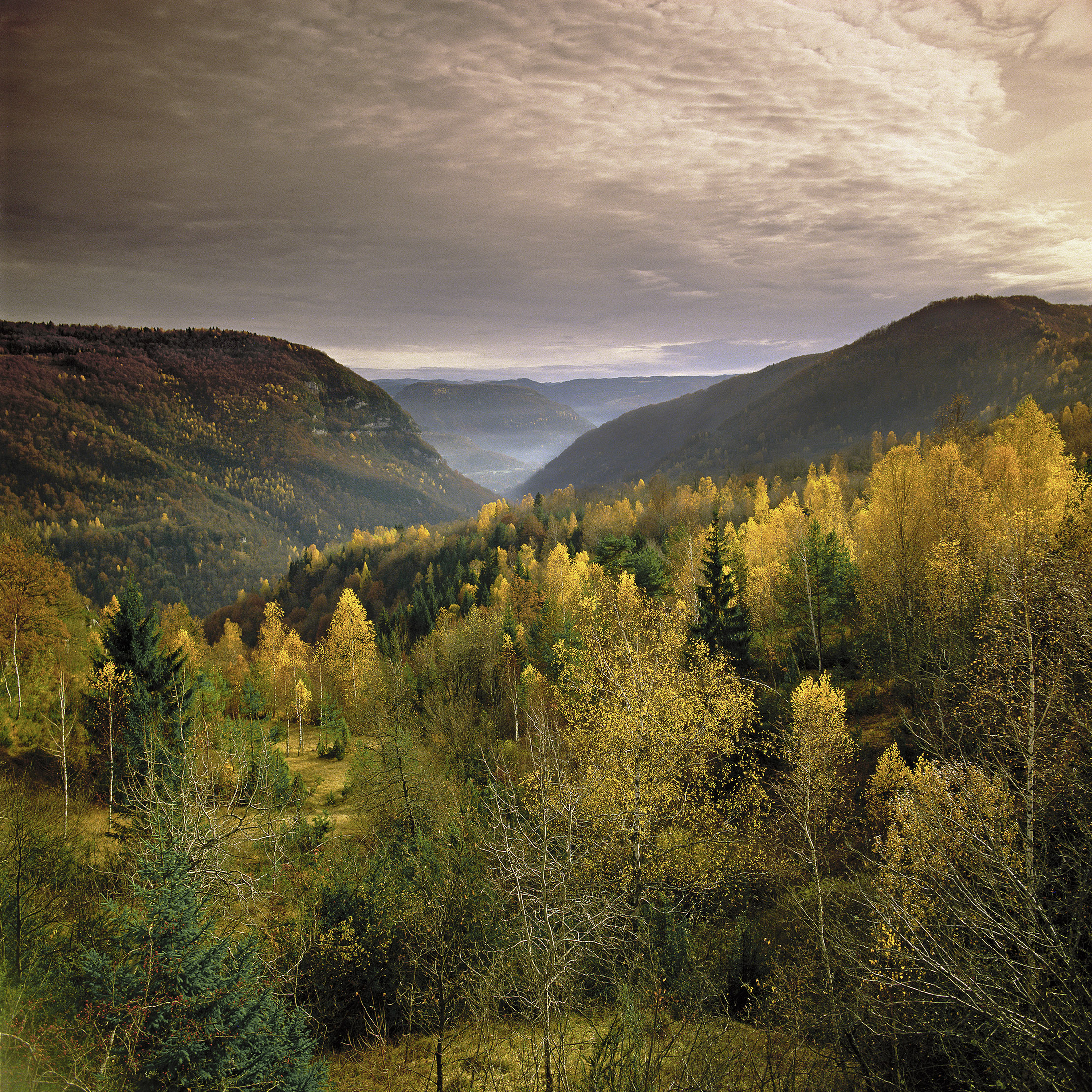
Photographs taken at the end or beginning of the day give depth and photography desperately needs depth. It reveals more than it conceals. And the viewer can step from the beginning of the photograph right to the back of it. In short, the light is right at the time that you plan to be there.
What are your top tips for amateurs?
- Don’t spoil the good for the perfect. That’s somebody else’s idea, not yours.
- You can be a landscape photographer in your early stages without a camera. The first point of call is seeing, not just pointing camera at a lovely thing and then being disappointed afterwards because you didn’t refine or compose. Lock into form, design and relationships and use your fingers to make a rectangle like cinematographers do. Start thinking would that work, having omitted the redundant bits — what did you see? Try and imagine it in a frame on a wall out of context and ask yourself if it would transport you back to your sense of wonder.
- Spring is a mother of a time. A tree in blossom is mindblowingly amazing. 100,000 times a day or a minute, people must say ‘look at that blossom’. It symbolises hope, wonder, rebirth.
- Remember to watch the play of light. Watch ripples on a river and the multitude of things that happen in nature. Landscape photography draws you closer to the essence of things. You’re on it. You’re looking at the bark of a tree intensely. It’s not a flower anymore. It’s not a rose. The moment you give it a name it’s locked up. If you can take your mind away from computers and the technical and try and embrace your sense of wonder, then other people will share that.
So landscape photography is about mindfulness?
Mindfulness. It absolutely is. We’re in the fast line. We’re tearing along through our lives and our lives are frighteningly short. We have to get back into sync with nature.
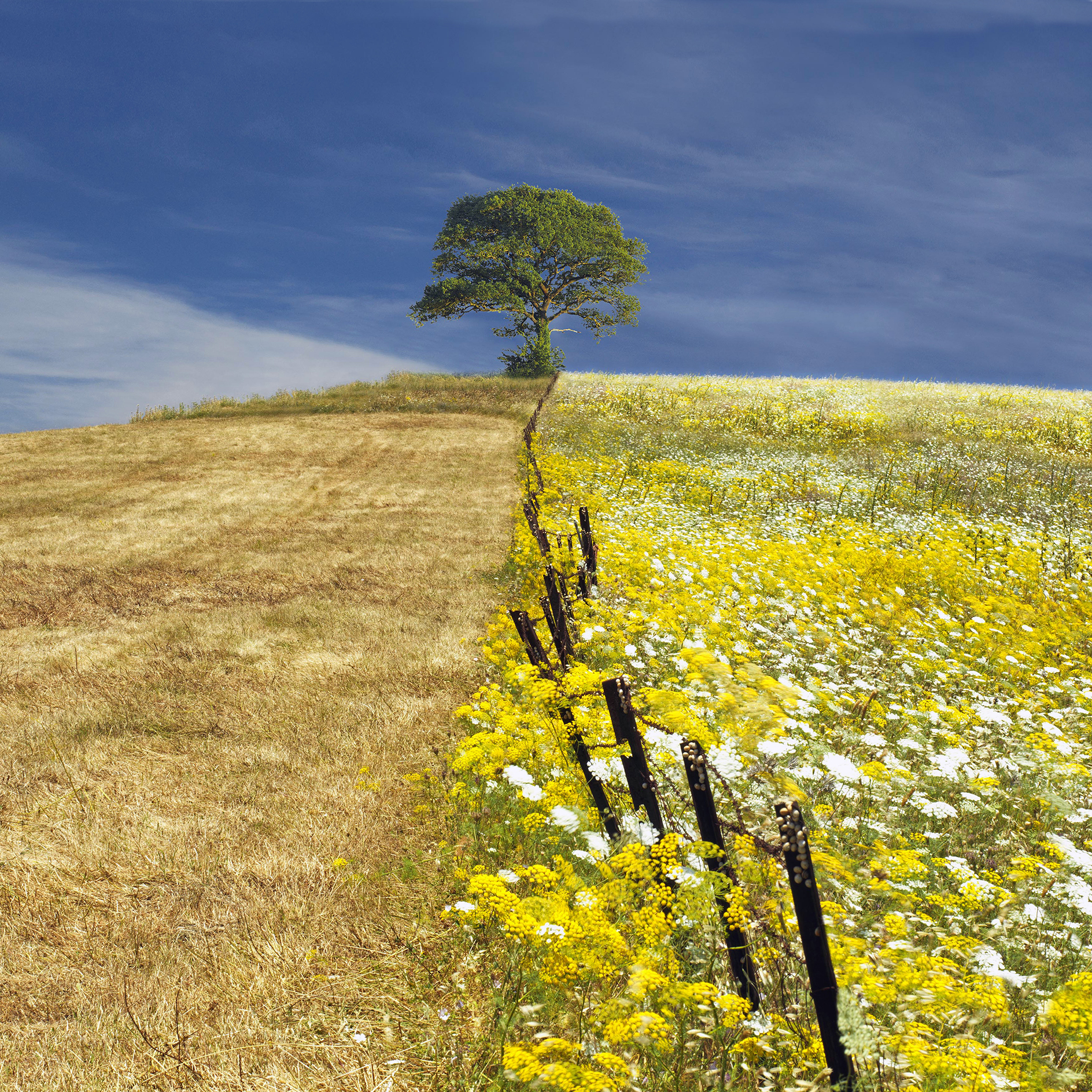
Did you ever consider becoming a painter?
I can’t paint for love nor money. I’ve tried. Hopeless. Can’t draw either. I find it unbelievably difficult. When I was young, I was entranced by Claude Lorraine’s lighting — talk about depth — I just walked into his work. I could go in and lean up against one of the pillars that he painted of a great Roman building. I was swept into the heart of it.
Whatever the art form, it has to be an emotional tug or interpretation that they want to convey with brush or paint or camera. It’s just a human trying to express their personal response to the world around them through creativity. It could be humans needing to express who they are. What is this extraordinary thing called humanity and this world and the sun and the moon being in exactly in the right spots? I’ve got to lock into it profoundly. And when you do, try you see it without your own baggage. The more sense of amazement I get the better.

Final words of advice?
The print is the photograph’s rightful inheritance. We must print for posterity. We must get it off the frigging monitor. People spend £20,000 on a camera and never make any prints. But you’ve got a bit of kit that could create an image the size of a London bus! We are leaving images imprisoned on external hard drives. Set them free!
Charlie Waite is the founder of the Landscape Photographer of the Year Awards (www.lpoty.co.uk). His latest book, Behind the Photograph, is available to purchase at www.charliewaite.com (£35). He also runs photography workshops and tours via Light & Land (www.lightandland.co.uk). Upcoming tours include The Magic of Kerala (September 13–24) and a Jordan photography tour (November 17–24). He is represented by the Bosham Gallery, near Chichester in West Sussex (www.boshamgallery.com).
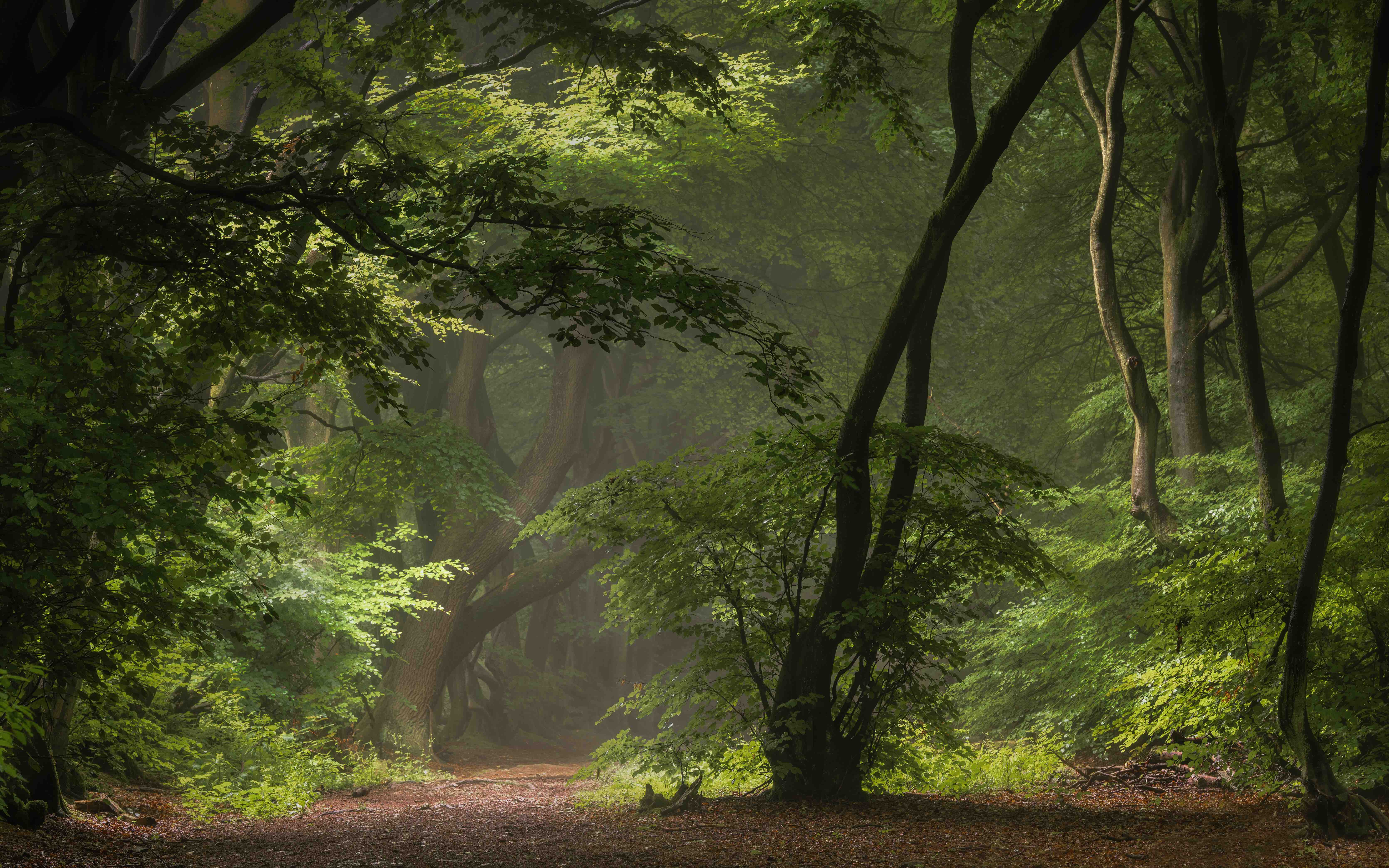
Nine dazzlingly beautiful images from Landscape Photographer of the Year 2020

10 superb pictures from Nature Photographer of the Year 2019
A cheeky duck and a majestic arch of the aurora borealis are among the magnificent photographs honoured by the 2019
10 majestic pictures of the beautiful nature of Britain, in honour of World Wildlife Day
March 3 is World Wildlife Day, so to mark the occasion we're celebrating the stunning flora and fauna of Britain.
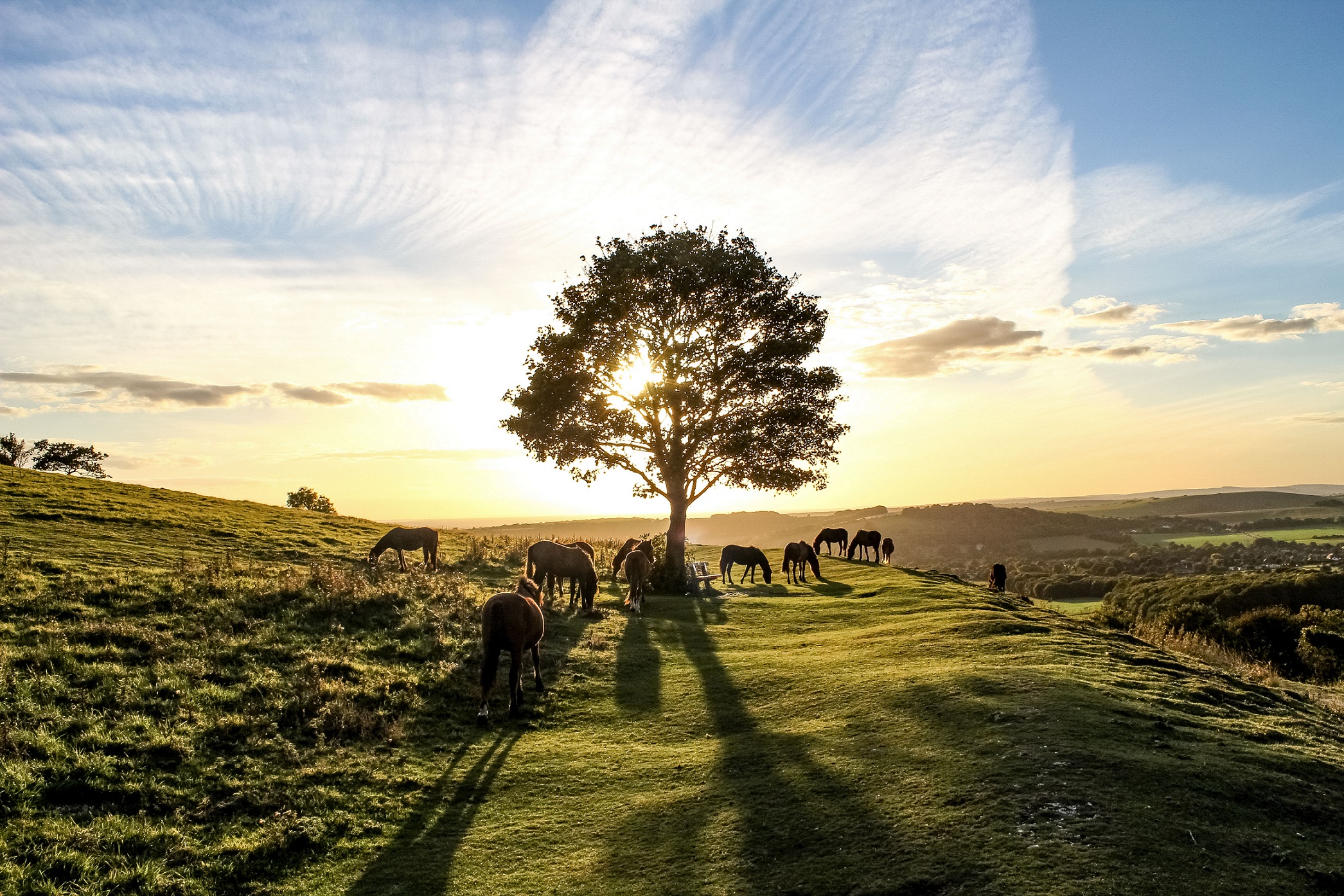
10 utterly glorious images from the South Downs National Park photography competition
An image of horses enjoying a peaceful stroll on the South Downs was voted the best picture in the national
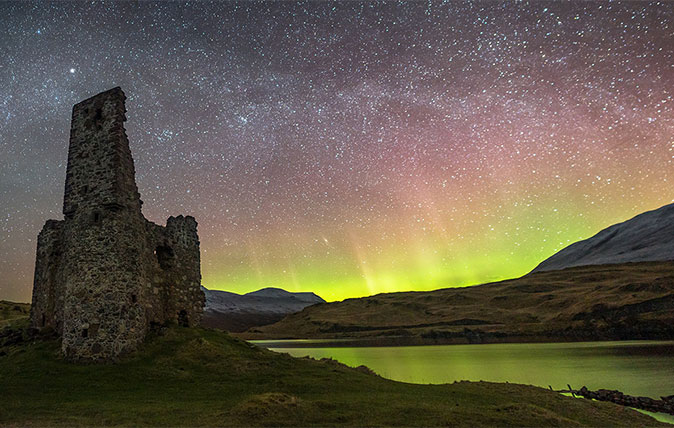
Credit: ©Scottish Landscape Photographer of the Year/Craig McDearmid
The 19 best landscape photographs of Scotland taken in the last year
Take a look at the 19 best photographs of Scotland taken in 2017.
Annunciata is director of contemporary art gallery TIN MAN ART and an award-winning journalist specialising in art, culture and property. Previously, she was Country Life’s News & Property Editor. Before that, she worked at The Sunday Times Travel Magazine, researched for a historical biographer and co-founded a literary, art and music festival in Oxfordshire. Lancashire-born, she lives in Hampshire with a husband, two daughters and a mischievous pug.
